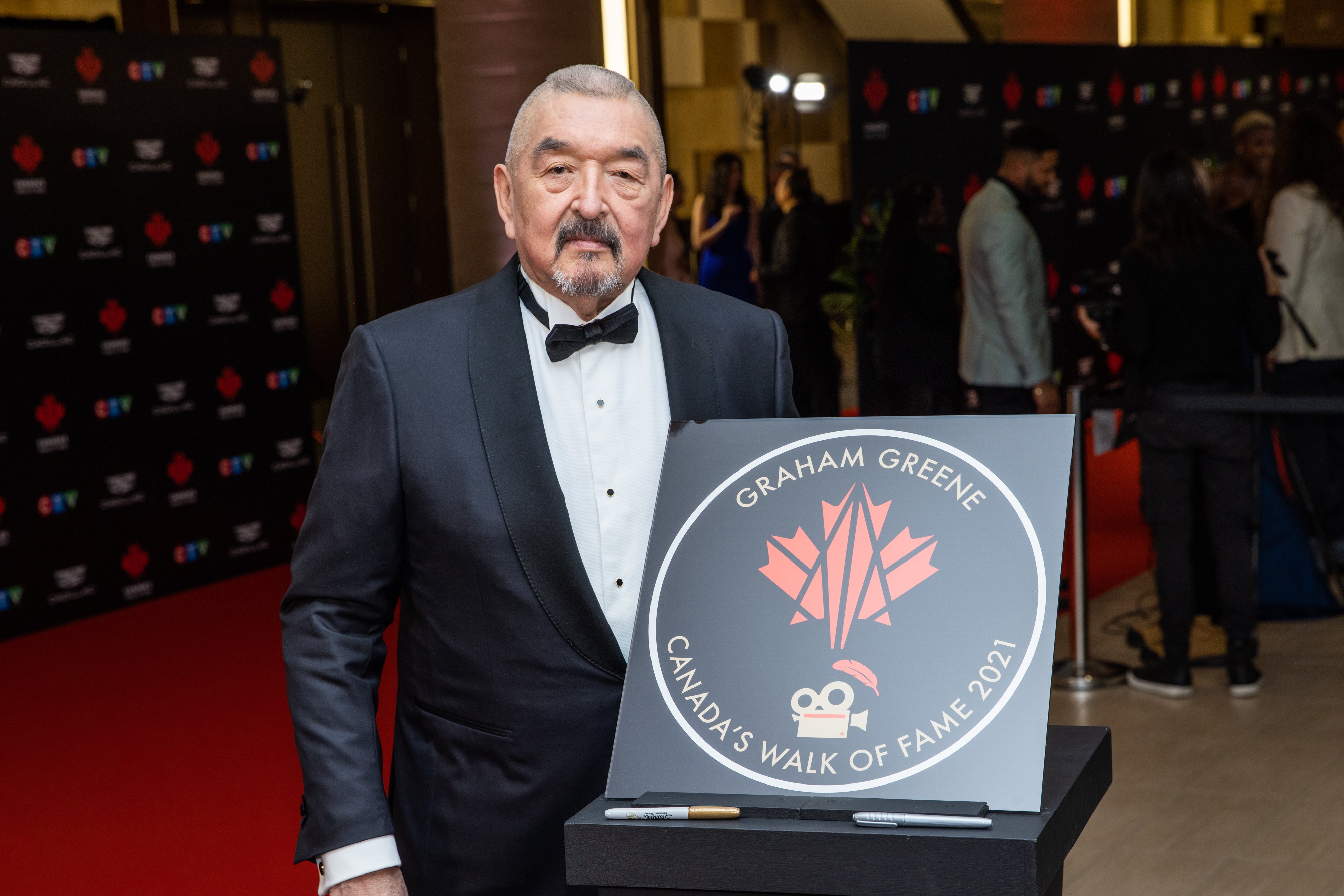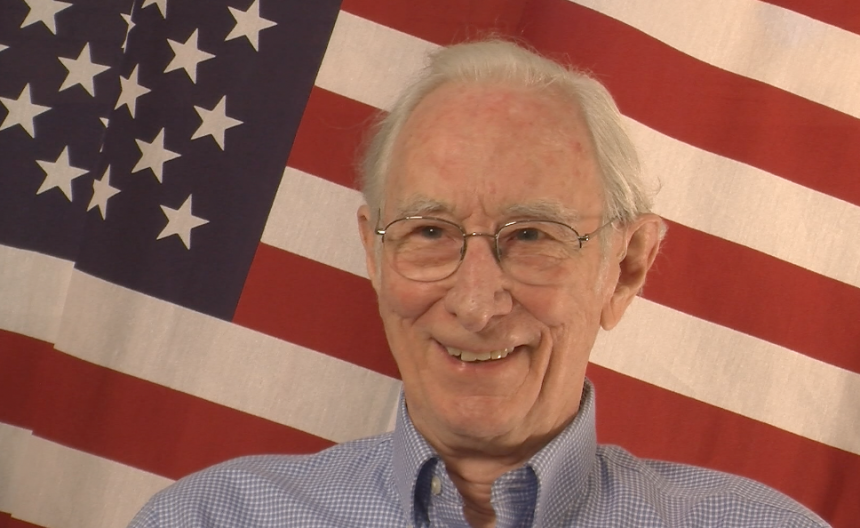The vast, inky canvas of space has always beckoned humanity, a mysterious frontier promising discovery and demanding unparalleled courage. Among the most monumental chapters in this enduring saga is the Apollo program, a breathtaking series of NASA missions from 1961 to 1972 that dared to land humans on the Moon and return them safely to Earth. This audacious endeavor not only achieved what many deemed impossible but also etched the names of 24 extraordinary individuals into the annals of history, forever known as the Apollo astronauts who journeyed to our celestial neighbor.
Today, as of August 9, 2025, the ranks of these lunar pioneers have thinned considerably, a poignant reminder of the passage of time. Only five of the original 24 astronauts who flew to the Moon remain alive. These remarkable men — Buzz Aldrin, David Scott, Charles Duke, Harrison Schmitt, and Fred Haise — represent a living link to an era of exploration that redefined what humanity could achieve. Their stories are not merely tales of scientific triumph, but profound narratives of human resilience, intellectual prowess, and an unyielding spirit of adventure.
Yet, this reflection comes with a heavy heart, as the past year has seen the somber farewells of two more legends who once graced the lunar skies. The passing of William Anders in June 2024 and Captain Jim Lovell in August 2025 has further underscored the preciousness of this diminishing group. This article embarks on an in-depth journey to honor these extraordinary individuals, exploring their paths to space, their indelible contributions, and the profound legacy they continue to inspire as the dawn of exploration gives way to new horizons.
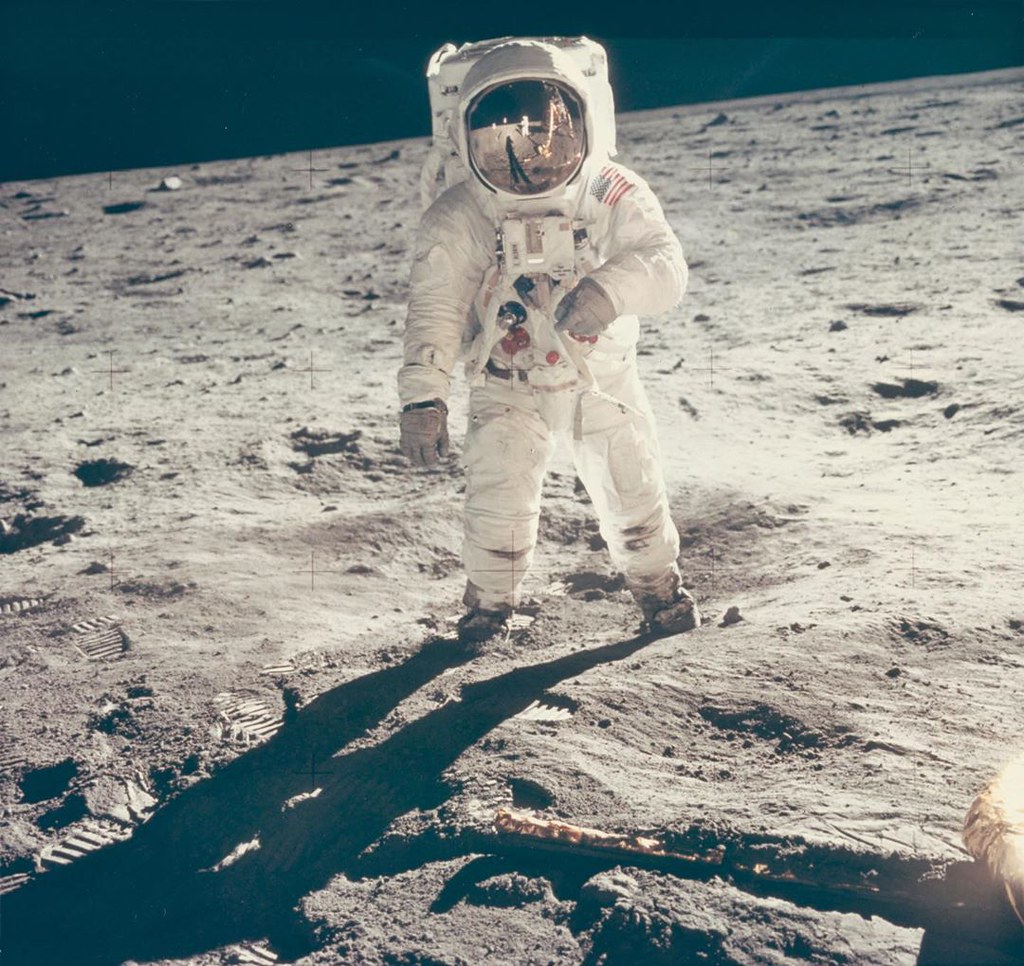
1. **The Apollo Program: Humanity’s Giant Leap
The Apollo program stands as a towering testament to human ingenuity and collective will, born from President John F. Kennedy’s ambitious challenge in 1961 to land a man on the Moon and safely return him to Earth before the decade was out. What followed was an unprecedented mobilization of scientific, engineering, and human resources, culminating in a series of nine missions that carried astronauts to the Moon, six of which achieved successful landings between 1969 and 1972. This period of intense innovation and daring exploits fundamentally altered humanity’s perception of its place in the cosmos.
Across these nine missions, a total of 24 unique astronauts embarked on lunar voyages, with 12 of them having the profound experience of walking on the lunar surface. Each mission, from the orbital reconnaissance of Apollo 8 to the scientific expeditions of Apollo 17, pushed the boundaries of technology and human endurance. The journey was fraught with peril, demanding meticulous planning, split-second decisions, and an unshakeable belief in the mission’s ultimate success.
The success of Apollo was not just about planting a flag or collecting rocks; it was about proving that the seemingly impossible could be achieved through vision, dedication, and collaboration on a global scale. It inspired generations to pursue science and engineering, fostering a sense of boundless possibility that continues to resonate today. The images and stories from these missions remain deeply embedded in our collective consciousness, serving as enduring symbols of courage and progress.

2. **The Rigorous Path to Stardom: Astronaut Selection and Training
Becoming an astronaut in the early days of space exploration was an odyssey in itself, a journey through rigorous selection processes designed to identify individuals with exceptional intellectual capacity, physical stamina, and psychological fortitude. NASA’s search for its second group of astronauts in 1962, intended for the ambitious Gemini and Apollo programs, was a public endeavor, a testament to the nation’s growing fascination with space.
Among the candidates was James Lovell, whose initial application for the Mercury Seven group had been met with rejection due to a temporarily high bilirubin count. Undeterred by this early setback, Lovell applied again, navigating a gauntlet of medical examinations and interviews that whittled down 110 military test pilots to just 27 finalists. His perseverance paid off, and on September 14, 1962, he received the life-changing news of his acceptance into the “Next Nine,” a group that would shape the future of spaceflight.
Once selected, these astronauts embarked on an intensive training regimen that blended academic instruction with extreme survival drills. They spent countless hours in classrooms, delving into propulsion, orbital mechanics, and space medicine. Survival training took them from the jungles of Panama to the deserts of Nevada, preparing them for any unforeseen contingency. Lovell, leveraging his expertise, was assigned a crucial role in developing recovery systems, ensuring astronaut input was integrated into the design of the spacecraft, a critical task for the safety of future missions.
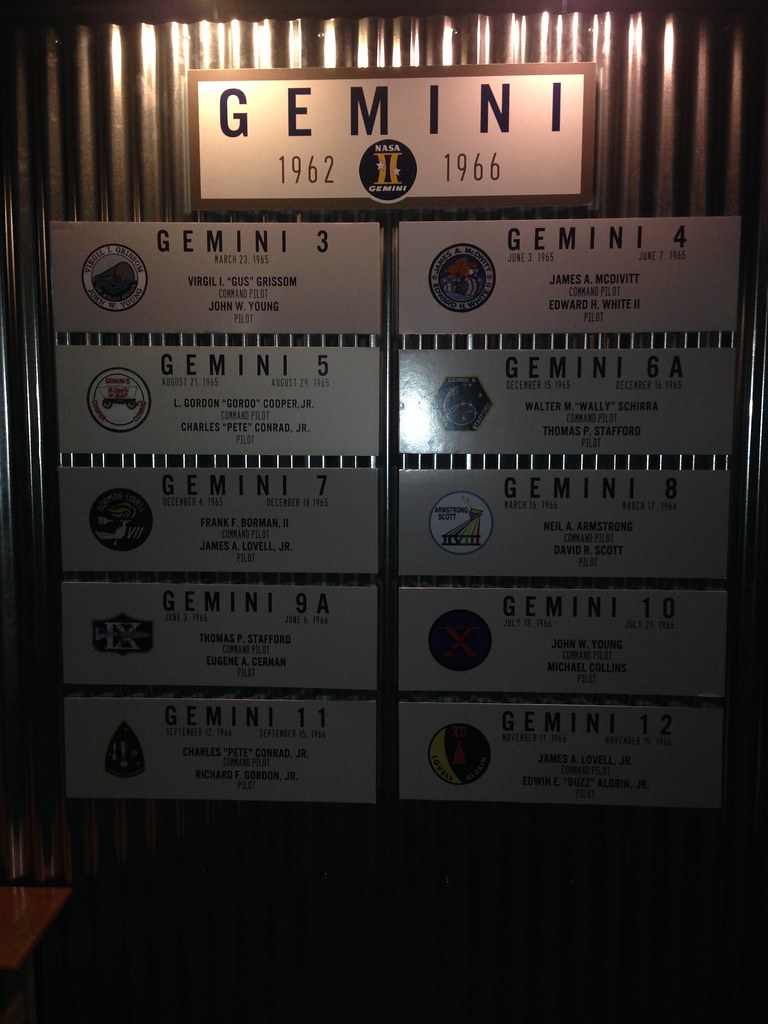
3. **Prelude to Lunar Landings: The Gemini Program’s Crucial Role
Before humanity could truly reach for the Moon, a series of vital steps had to be mastered in Earth orbit. The Gemini program, acting as a crucial bridge between Mercury’s single-man flights and Apollo’s lunar expeditions, was designed to test the fundamental techniques required for lunar missions: long-duration spaceflight, orbital rendezvous, and extravehicular activity (EVA), or spacewalks. These missions were laboratories in orbit, pushing the limits of human and machine performance.
James Lovell played a pivotal role in these preparatory missions, most notably as pilot of Gemini 7 alongside command pilot Frank Borman. Their fourteen-day mission, launched on December 4, 1965, was a true endurance test, evaluating the effects of prolonged spaceflight on the crew and spacecraft, simulating the duration required for a lunar mission. This flight also achieved an unprecedented rendezvous with Gemini 6A, maneuvering the two spacecraft in tandem for three orbits, a critical demonstration of space rendezvous techniques.
Lovell returned to space as commander of Gemini 12, the program’s final mission, alongside pilot Buzz Aldrin. This mission’s primary objective was to master EVA, a skill that had proven more challenging than anticipated on previous flights. Aldrin, drawing on his doctoral thesis on rendezvous, meticulously used a tant and the onboard computer to overcome a radar failure and successfully rendezvous with the Agena target vehicle. He then performed three EVAs, including a free-flight EVA to the Agena, proving that astronauts could work effectively outside the spacecraft, a non-negotiable requirement for the upcoming Apollo lunar landings.
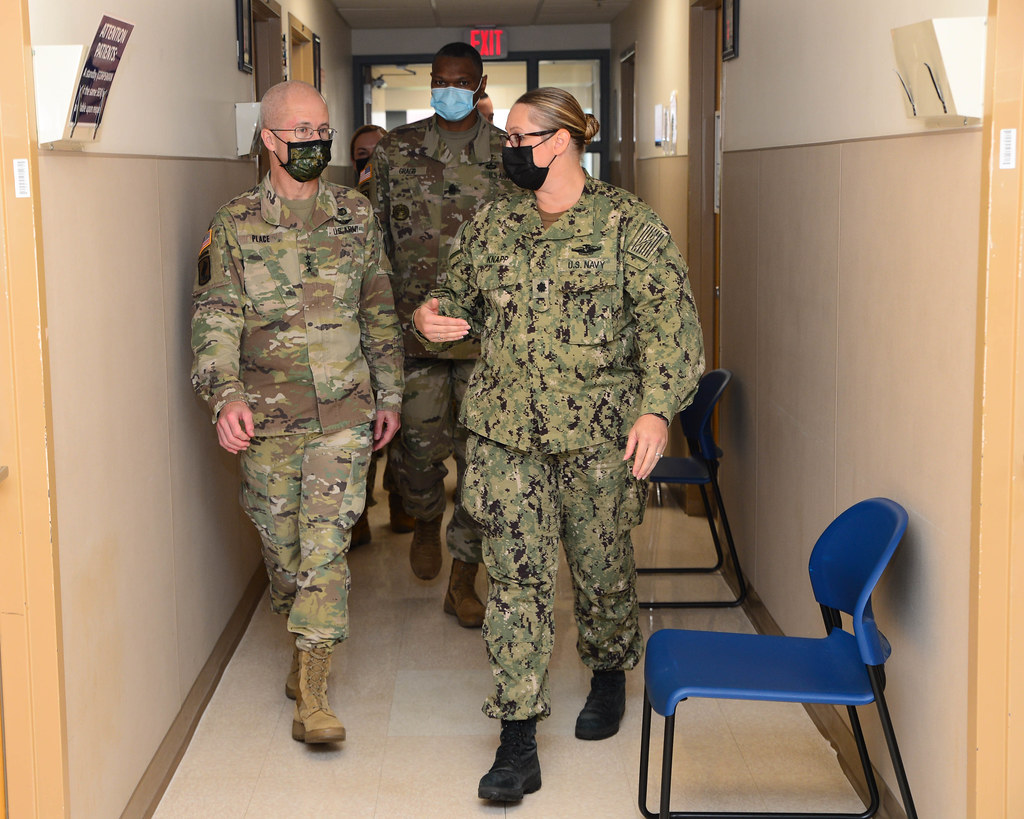
4. **Captain James A. Lovell Jr.: Commander of Resilience and Return
Captain James A. Lovell Jr., born on March 25, 1928, in Cleveland, Ohio, was an American astronaut whose name became synonymous with courage, leadership, and an extraordinary ability to remain calm under the most intense pressure. A veteran of four spaceflights, Lovell was one of NASA’s most respected figures, and it is with great sadness that we mark his passing on August 7, 2025, in Lake Forest, Illinois, at the age of 97. His remarkable life of service to space exploration will continue to inspire generations, a testament to his enduring legacy.
Lovell first captivated the world as command module pilot of Apollo 8 in 1968. Alongside Frank Borman and William Anders, he became one of the first three astronauts to fly to and orbit the Moon, broadcasting an unforgettable Christmas Eve message from lunar orbit. This audacious mission, undertaken at a time of global uncertainty, was a profound demonstration of human capability and a beacon of hope, proving the path to the Moon was indeed open for humanity.
However, it was his command of the Apollo 13 lunar mission in 1970 that cemented his legendary status. After a critical in-flight failure en route to the Moon, Lovell’s leadership and calm demeanor, coupled with the ingenuity of his crew and mission control, transformed a near-catastrophe into a triumphant return. The words, “Houston, we’ve had a problem,” became etched in history, not as a sign of defeat, but as the prelude to one of humanity’s greatest stories of survival and teamwork, bringing his crew safely home against impossible odds.
Beyond his heroic flights, Lovell’s life was one of continuous dedication. A graduate of the United States Naval Academy, he had a distinguished career as a naval aviator and test pilot. Post-NASA, he co-authored the 1994 book *Lost Moon*, which served as the basis for the acclaimed 1995 film *Apollo 13*, in which he also made a memorable cameo appearance. His resilience and unwavering spirit earned him the Congressional Space Medal of Honor and the Presidential Medal of Freedom, truly living up to his reputation as a symbol of courage and calm under pressure.
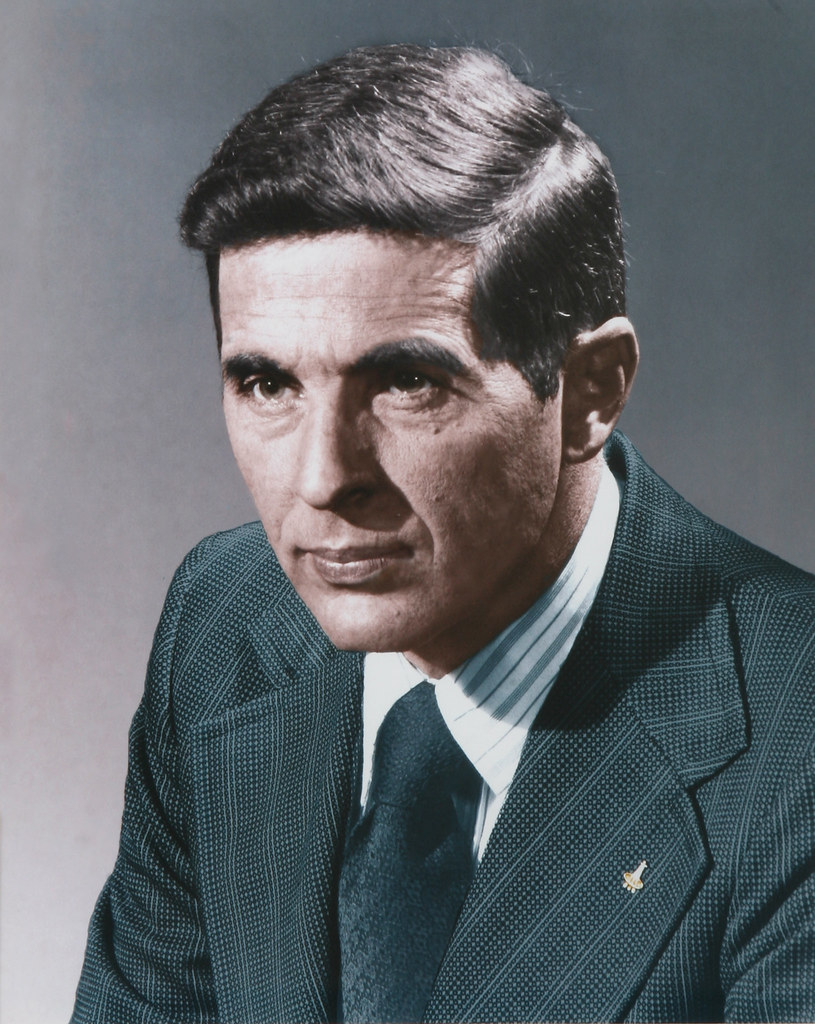
5. **William Anders: The Visionary Behind ‘Earthrise’
Among the pantheon of Apollo heroes, William Anders holds a unique and indelible place in history, largely due to a single, profoundly impactful photograph. As a member of the Apollo 8 crew alongside Frank Borman and Jim Lovell, Anders was one of the first humans to journey to and orbit the Moon. It is with a heavy heart that we acknowledge his passing on June 7, 2024, at the age of 90, in a plane crash off Washington state, a recent loss that underscored the fragility of this heroic era.
Anders’ most famous contribution to humanity’s perspective came on Christmas Eve, 1968, when his camera captured the breathtaking “Earthrise” photograph. This iconic image, showing our vibrant blue planet peeking over the desolate lunar horizon, was more than just a snapshot; it was a profound shift in human consciousness. For the first time, billions of people saw Earth as a single, fragile orb, suspended in the vastness of space, without borders or divisions.
The “Earthrise” photo became a symbol, igniting the environmental movement and fostering a new appreciation for our home planet. It served as a powerful reminder of Earth’s beauty and vulnerability, inspiring a generation to think differently about conservation and global unity. Anders, though he did not walk on the Moon, left an equally monumental legacy by fundamentally altering how we perceive our world and our place within the cosmos. His photographic genius offered a perspective that continues to resonate, forever changing humanity’s self-awareness.
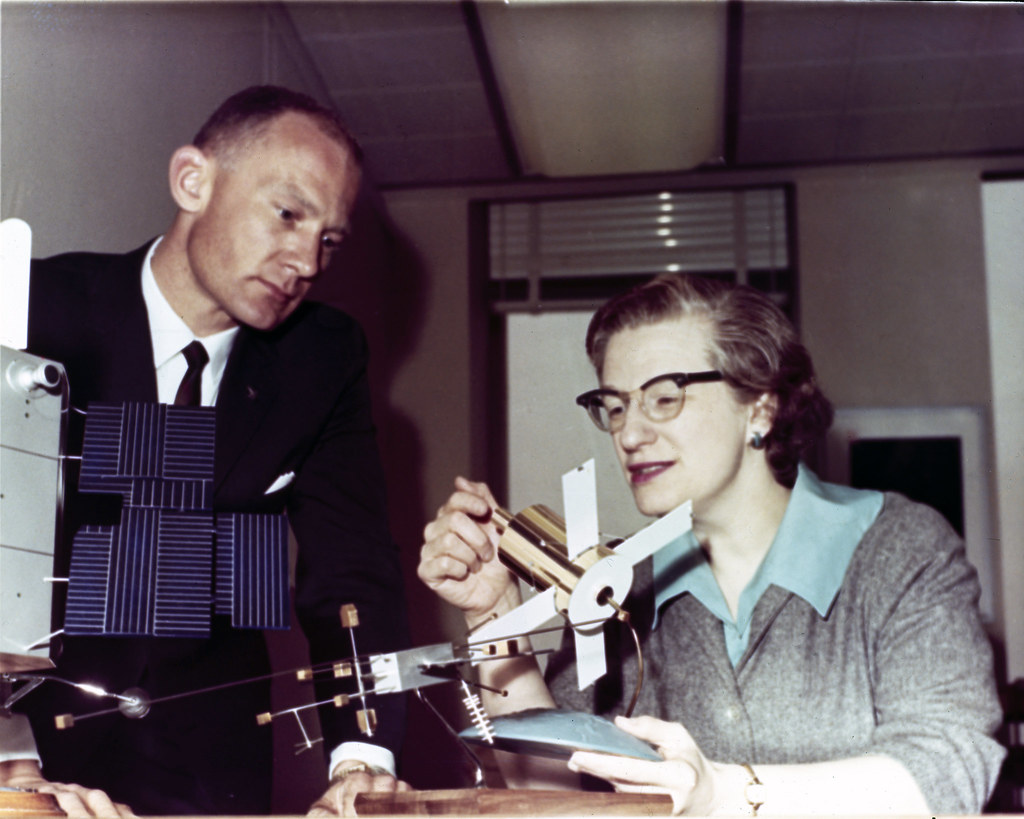
6. **Buzz Aldrin: The Second Human Footprint on the Moon
Buzz Aldrin, born on January 20, 1930, stands as one of the most recognizable figures of the Apollo era, celebrated worldwide as the second person to walk on the Moon. At 95 years old as of 2025, he remains a vibrant and active link to humanity’s greatest adventure, an enduring symbol of exploration and scientific achievement. His journey to the lunar surface was the culmination of years of rigorous training and unparalleled dedication.
Aldrin’s moment of destiny arrived on July 20, 1969, as Lunar Module Pilot for Apollo 11. Following Neil Armstrong’s historic first step, Aldrin descended onto the dusty lunar plain, spending over two hours conducting experiments and famously describing the lunar surface as “magnificent desolation.” His scientific background, including a Ph.D. in Astronautics from MIT, was instrumental in the mission’s success, contributing significantly to the understanding of orbital mechanics and rendezvous techniques.
Before his lunar flight, Aldrin distinguished himself as a fighter pilot in the Korean War, flying 66 combat missions, a testament to his courage and skill. His selection into NASA’s third astronaut group in 1963 paved the way for his Gemini 12 mission, where he set a spacewalk record and proved the efficacy of extravehicular activity, skills directly applicable to the challenges of the Apollo program.
In his post-NASA career, Aldrin has remained a passionate advocate for space exploration, particularly championing human missions to Mars. Despite facing personal challenges, including depression and alcoholism, he overcame them with resilience, demonstrating a profound capacity for reinvention and continued contribution. His enduring spirit was recently highlighted by his marriage to Anca Faur in 2023 on his 93rd birthday, affirming his ongoing engagement with life and his unwavering commitment to inspiring future generations. He continues to be active on social media, sharing insights and fueling the dreams of aspiring spacefarers worldwide.
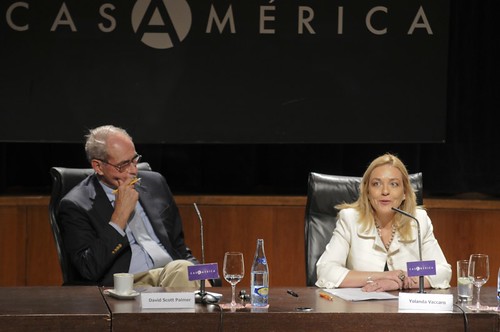
7. **David Scott: Commander of Apollo 15 and the Lunar Roving Vehicle Pioneer
David Scott, born on June 6, 1932, at 93 years old as of 2025, stands as a pivotal figure in lunar exploration, particularly for his role as Commander of Apollo 15. A distinguished graduate of West Point in 1954 and a seasoned fighter pilot, Scott was selected into NASA’s second astronaut group in 1963, embarking on a journey that would see him fly on Gemini 8 and Apollo 9 before his historic lunar command. His career reflects a deep commitment to pushing the boundaries of human capability in space.
Apollo 15, launched in 1971, marked a significant evolution in lunar missions, moving towards more extensive scientific exploration with enhanced mobility. Scott, along with his crew, spent over two days on the Moon, a total of 18 hours and 33 minutes engaged in extravehicular activities. Most notably, he was the first to drive the Lunar Roving Vehicle (LRV), allowing for exploration of greater distances and vastly expanding the scientific scope of the mission. This achievement transformed lunar surface operations, proving that astronauts could effectively maneuver and conduct research far from their landing site.
During his time on the lunar surface, Scott also conducted one of the most famous experiments in space history: demonstrating Galileo’s falling objects theory. By dropping a hammer and a feather simultaneously in the Moon’s vacuum, both objects struck the surface at precisely the same moment, providing a visually compelling confirmation of a fundamental principle of physics. This simple yet profound demonstration underscored the unique scientific laboratory that the Moon offered and captivated audiences worldwide, making complex science profoundly accessible.
After retiring from NASA in 1977, Scott continued to contribute significantly to the aerospace industry, holding various leadership roles. He has also been a passionate advocate for the preservation of the Apollo landing sites, recognizing their immense historical and scientific value. At 93, he remains actively engaged in public speaking, sharing his invaluable experiences and insights, continuing to inspire awe and intellectual curiosity in the minds of aspiring scientists and explorers, a testament to his enduring legacy as a true pioneer.

8. **Charles Duke: The Youngest Moonwalker and a Family’s Lunar Keepsak
Charles Duke, born on October 3, 1935, is 89 years old as of 2025, and holds the unique distinction of being the youngest person to walk on the Moon, achieving this remarkable feat at just 36 years old during the Apollo 16 mission. A graduate of the U.S. Naval Academy in 1957 and a proficient fighter pilot, Duke’s path to space included serving as Capcom for the iconic Apollo 11 mission, a role that positioned him at the heart of humanity’s first lunar landing before he himself ventured to the celestial body.
As the Lunar Module Pilot for Apollo 16 in 1972, Duke spent three days on the lunar surface, accumulating 20 hours and 14 minutes of extravehicular activity across three EVAs. His mission was instrumental in expanding our understanding of the Moon’s geological history, as he meticulously helped to collect and return over 200 pounds of lunar samples. These specimens provided invaluable data, contributing significantly to the scientific community’s ongoing study of the Moon’s formation and evolution, showcasing his dedication to scientific exploration.
Beyond his scientific contributions, Duke is perhaps best known for a deeply personal gesture he made on the Moon. He famously left a framed family photograph, encased in plastic, on the lunar surface. This poignant act, depicting Duke, his wife, and their two sons, served as a profound reminder of the human connection to the monumental endeavor of space travel, bridging the vast distance between Earth and its barren satellite with a simple, heartfelt keepsake. It personalized the grand narrative of exploration, making it relatable to families everywhere.
Since his retirement from NASA in 1975, Charles Duke has continued to be a vibrant public figure. He frequently engages in public speaking events and participates in documentaries, enthusiastically sharing his experiences and insights from the Apollo program. His infectious enthusiasm for space exploration continues to inspire audiences of all ages, ensuring that the wonder and significance of his generation’s achievements are not lost to time but rather passed on to the next generation of dreamers and doers.
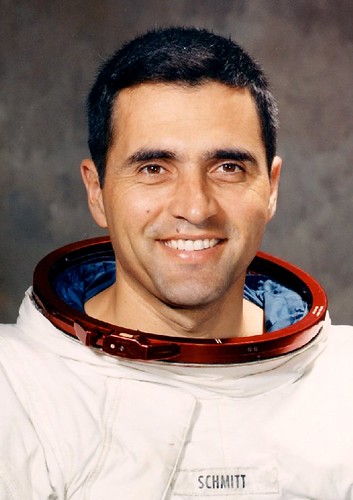
9. **Harrison Schmitt: The Scientist-Astronaut Who Unlocked Lunar Secrets
Harrison Schmitt, born on July 3, 1935, is 90 years old as of 2025, and carved an unparalleled niche in space history as the only scientist-astronaut to walk on the Moon. With a Ph.D. in Geology from Harvard, Schmitt represented a new dimension of lunar exploration, bringing the trained eye of a field geologist directly to the lunar surface. His selection into NASA’s first scientist-astronaut group in 1965 underscored a shift towards more in-depth scientific objectives for the Apollo missions.
As the Lunar Module Pilot for Apollo 17 in December 1972, the final mission of the Apollo program, Schmitt spent three days on the Moon, undertaking three EVAs totaling 22 hours and 4 minutes. His geological expertise was invaluable in selecting and analyzing lunar samples in situ, significantly enhancing our understanding of the Moon’s composition and geological processes. He was instrumental in collecting a staggering array of samples, focusing on areas identified for their potential to reveal clues about the Moon’s origin and evolution. His firsthand observations from the lunar landscape provided unprecedented data that reshaped lunar science.
Schmitt’s presence on the Moon meant that, for the first time, a mission was guided by the immediate scientific judgment of an expert on the ground. This scientific focus allowed Apollo 17 to advance lunar geological understanding dramatically, contributing to the most comprehensive collection of data and samples from any single Apollo mission. His ability to interpret the lunar terrain and identify critical geological features made the mission a scientific triumph, proving the immense value of integrating scientists directly into exploration crews.
After his groundbreaking mission, Schmitt continued to serve the nation, transitioning from space exploration to public service. He was elected as a U.S. Senator from New Mexico, serving from 1977 to 1983, where he continued to advocate for science and space policy. In his post-NASA career, he has also consulted on various space-related projects and remains an active figure, delivering lectures and contributing to discussions on the future of space exploration. At 90, his insights remain highly sought after, reflecting his enduring impact on both science and public life.
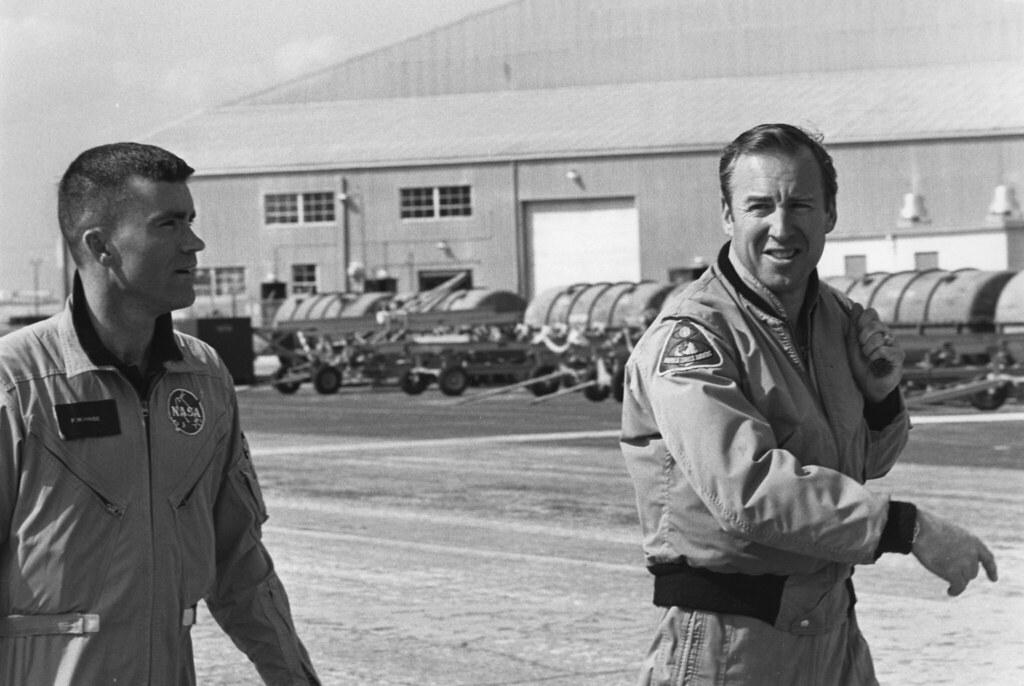
10. **Fred Haise: The Resilient Spirit of Apollo 13
Fred Haise, born on November 14, 1933, is 91 years old as of 2025, and stands as a testament to courage and resilience, known primarily as the Lunar Module Pilot for the ill-fated yet miraculously successful Apollo 13 mission. While he flew to the Moon, he holds the unique distinction among the five remaining pioneers of not having walked on its surface, as his mission was aborted before landing. Prior to his NASA career, Haise had a distinguished background as a test pilot, a skill set that proved invaluable in the face of unprecedented adversity.
The Apollo 13 mission in April 1970 became one of humanity’s most dramatic stories of survival. A critical in-flight failure en route to the Moon, when an oxygen tank exploded, plunged the crew into a life-threatening crisis. Haise, alongside his commander Jim Lovell and command module pilot Jack Swigert, faced extreme cold, power shortages, and the daunting task of navigating their crippled spacecraft back to Earth. Their ingenuity, discipline, and the tireless support of Mission Control transformed a potential catastrophe into a triumphant return, etching the words “Houston, we’ve had a problem” into the annals of history as a prelude to an epic rescue.
Despite the mission’s aborted lunar landing, Haise’s dedication to reaching the Moon was unwavering. He was rigorously trained for a subsequent lunar landing, having been assigned to the prime crew of the Apollo 19 mission. This mission, however, was unfortunately canceled, preventing him from ever setting foot on the lunar surface. This background highlights his deep commitment to the Apollo program’s objectives and the extent of his readiness for lunar exploration.
In his post-NASA career, Fred Haise continued his impactful contributions to aerospace, assuming leadership roles that leveraged his vast experience. He remains a respected figure in the space community, embodying the spirit of perseverance and the profound human capacity to overcome seemingly insurmountable challenges. At 91, his story continues to serve as a powerful reminder of the risks and rewards inherent in venturing beyond our home planet, and the indomitable spirit required for such endeavors.
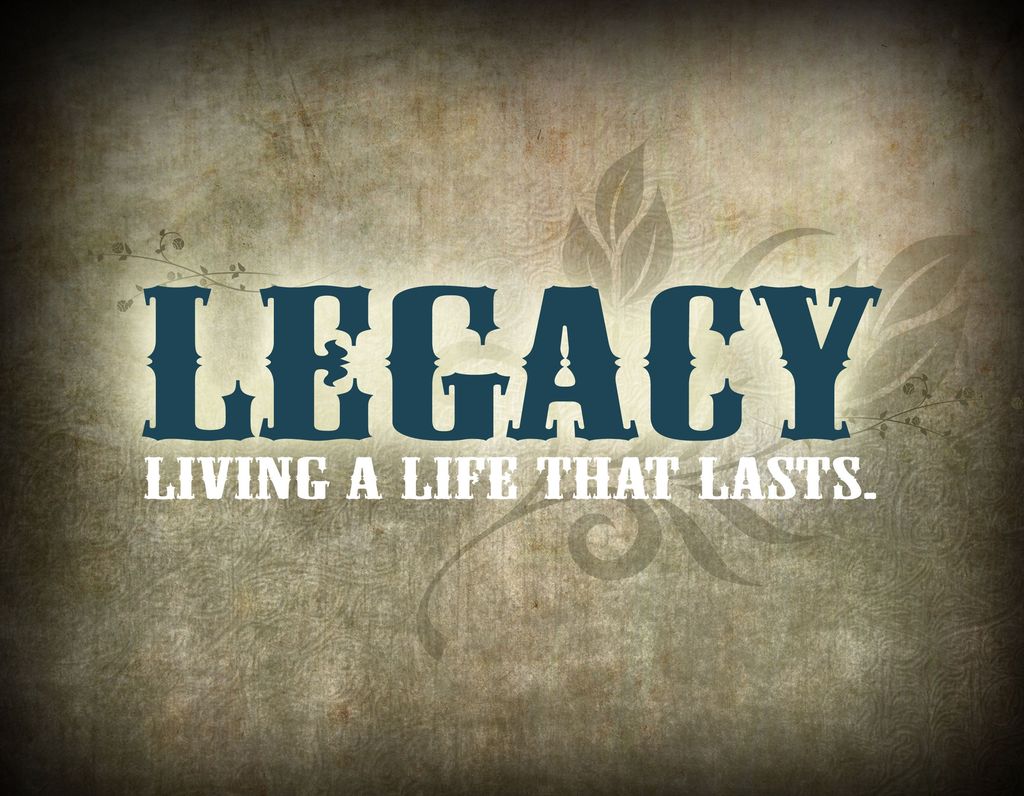
11. **The Enduring Legacy: Inspiring New Generations of Explorers
The stories of these remarkable Apollo astronauts—Buzz Aldrin, David Scott, Charles Duke, Harrison Schmitt, and Fred Haise—underscore a powerful narrative of shared human values. Their individual journeys are woven into a collective tapestry defined by courage, unwavering teamwork, and an extraordinary capacity for adaptability. Each mission, whether a triumphant landing or a harrowing return, tested the limits of human endurance and ingenuity, demanding meticulous planning and split-second decisions that continue to captivate and instruct.
Their missions required facing significant risks, none more vividly illustrated than the near-disaster of Apollo 13, which transformed into one of humanity’s greatest survival sagas. This collective endeavor relied profoundly on seamless collaboration between the astronauts in orbit and the brilliant minds in Mission Control. The problem-solving under pressure demonstrated by Lovell, Haise, and their colleagues, along with the technical prowess of the ground crews, remains a blueprint for crisis management and collaborative achievement, resonating far beyond the confines of space exploration.
This enduring legacy continues to inspire ongoing space exploration, acting as a beacon for future endeavors. As NASA’s Artemis program aims to return humans to the Moon and eventually to Mars, it is built upon the foundational wisdom and lessons learned from the Apollo generation. The intricate ballet of rendezvous, docking, extravehicular activity, and lunar surface operations perfected by these pioneers informs every step of the new journey, providing an invaluable blueprint for the challenges that lie ahead.
The profound impact of these individuals extends beyond scientific and technological advancements; it reshaped humanity’s perception of its place in the cosmos. Their stories fuel the dreams of aspiring spacefarers worldwide, reminding us that with vision, dedication, and an unyielding spirit of adventure, the seemingly impossible can be achieved. They instilled a sense of boundless possibility that continues to resonate today, pushing us to look skyward and imagine what lies beyond.
Read more about: Beyond the Name: Celebrating the Enduring Legacies of Remarkable Individuals Named Richard

12. **A Poignant Farewell: Honoring the Pioneers and the Horizon Ahead
The passage of time brings with it the inevitable, and in the past year, the space community has bid somber farewells to two more legends: William Anders and Captain Jim Lovell. Their recent passing underscores the precious fragility of this heroic era, reminding us that the living links to humanity’s greatest adventure are dwindling. As of August 9, 2025, only five Apollo astronauts who flew to the Moon remain alive, a poignant testament to the conclusion of a truly golden age of exploration.
This diminishing group accentuates the profound importance of preserving their firsthand accounts and insights. Each surviving astronaut represents an irreplaceable archive of experience, wisdom, and perspective gained from venturing to another world. Their voices carry the weight of history, offering unique lessons on leadership, teamwork, and the human spirit’s capacity for extraordinary achievement against unimaginable odds. Listening to their stories is not merely an act of remembrance but a vital connection to the very dawn of human spaceflight.
The enduring contributions of these individuals, both those who remain and those we have recently lost, have fundamentally altered human history. They are not merely names in textbooks but enduring symbols of courage, resilience, and leadership. Their journeys expanded scientific knowledge and pushed technological boundaries, but perhaps most importantly, they unified humanity in a shared sense of wonder and collective ambition, inspiring generations to reach for the stars and beyond.
As we reflect on their incredible lives, we acknowledge the twilight of an era. Yet, the human drive for exploration that these pioneers ignited continues to burn brightly. Their legacy serves as a constant reminder that while the ranks of these particular voyagers may thin, the spirit of adventure they embodied remains eternal, propelling new generations towards the Moon, Mars, and the vast, unexplored cosmos. The Apollo legacy endures, an everlasting flame guiding humanity’s boundless quest for discovery.


